The Flow Switch operating principle is based on a free-floating magnetic piston that responds only to the motion of fluids within the pipeline, not to static or system pressures.
In the presence of fluid flow, controlled movement of the piston actuates an external hermetically sealed reed switch. This switch can be used to actuate audible or visual alarms, as well as relays, or other controls.
The piston’s movement by the fluid flow can be seen in the animation
Flow Switch Animation
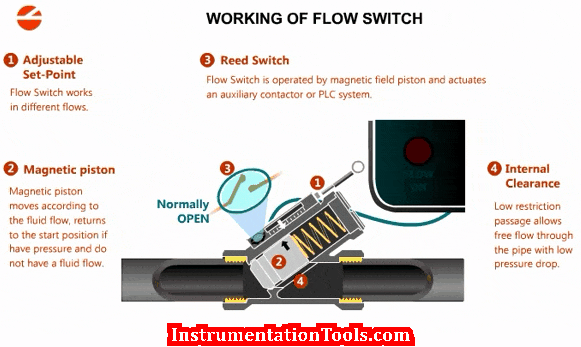
flow switches are used to determine if the flow rate is above or below a certain flow rate. This value (the set point) can be fixed or adjustable. When the set point is reached, the response can be the actuation of an electric circuit.
When the flow switch is actuated, it will stay in that condition until the flow rate moves back from the set point by some amount.
If you liked this article, then please subscribe to our YouTube Channel for Instrumentation, Electrical, PLC, and SCADA video tutorials.
You can also follow us on Facebook and Twitter to receive daily updates.
Read Next:
- Animation of Level Switch
- Piston Type Pressure Gauge
- How to Select Rotameter?
- Paddle Wheel Meter Theory
- What is a Restriction Orifice?
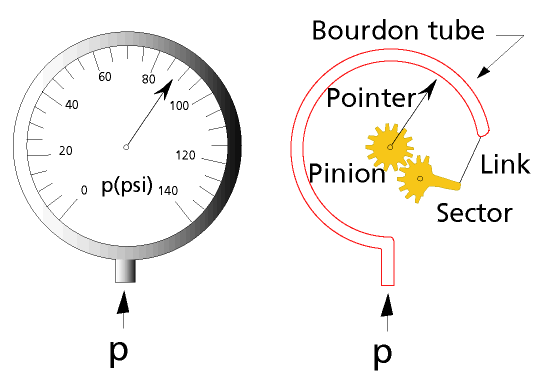
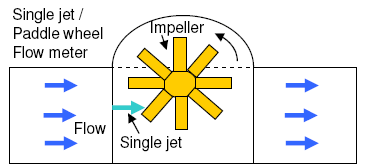
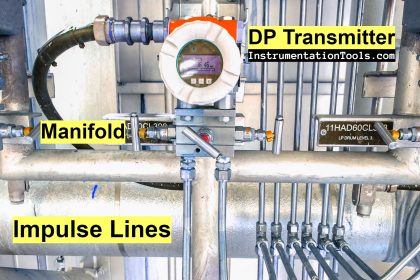

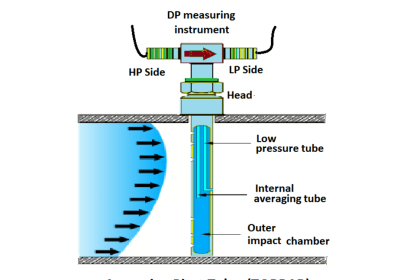


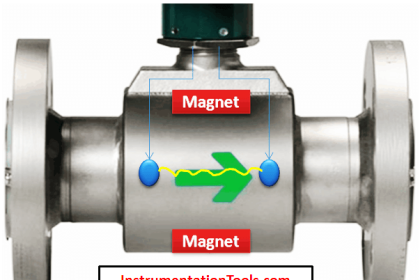

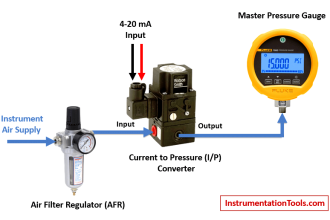

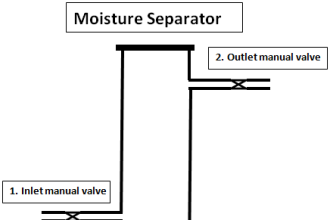


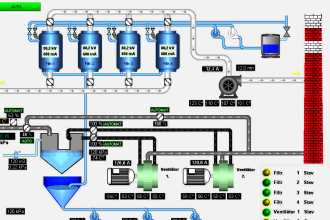
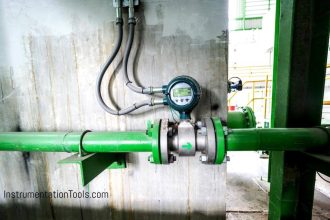

Sir, using flow switch can we measure flow pressure?
Not Possible. Mainly Flow switch used to identify the presence of flow in the pipe.
Thanks for sharing the animations.
Thank u …
How can we use the flow switch mechanism with L&T MU-G10 starter panel to stop the motor on dry run i.e. when there is no flow of water, inorder to stop the motor from dry running.
Easy to understand with your animation. Keep it up.
What is the diff b/n rising and falling setpoint.